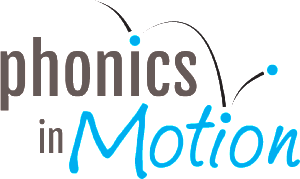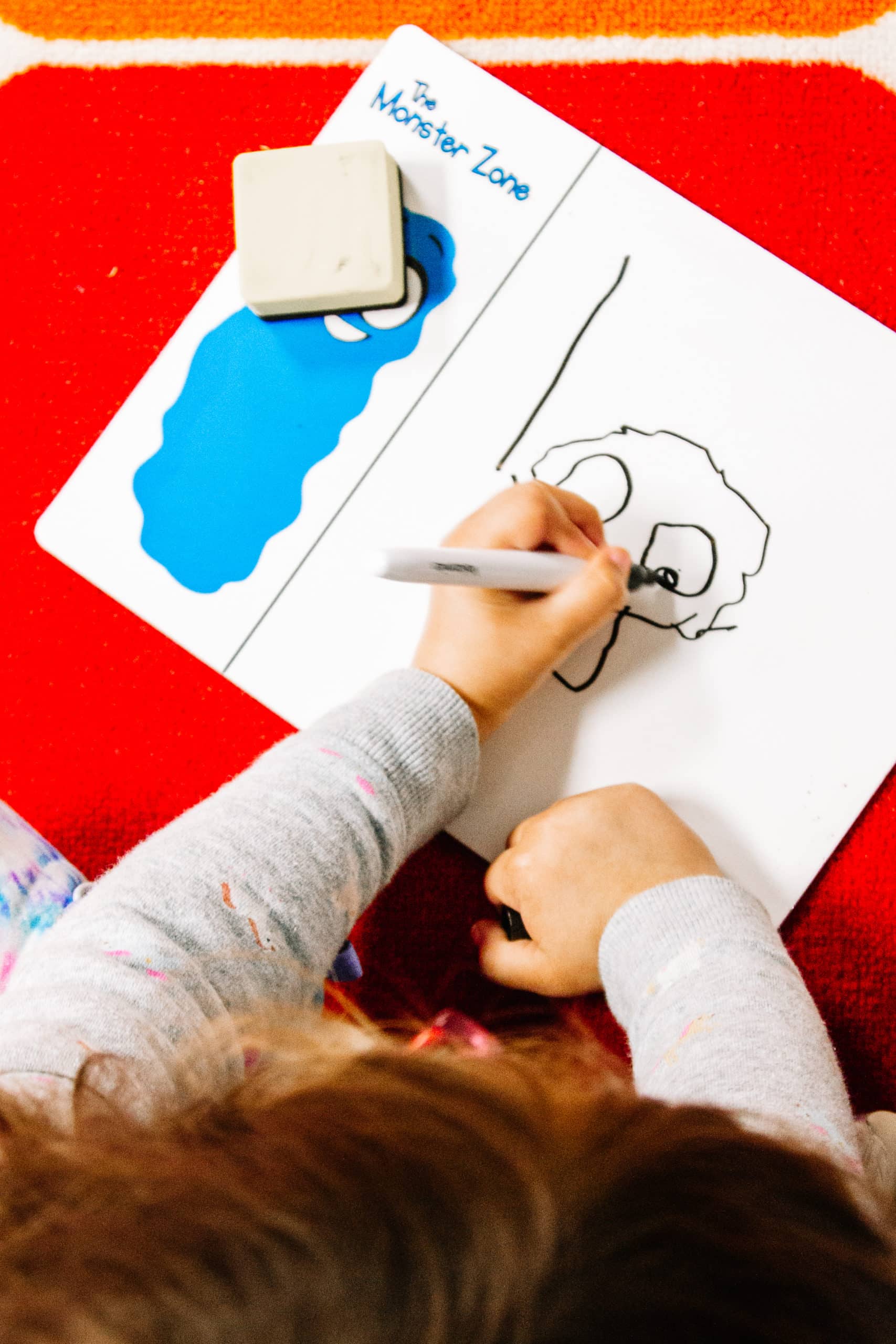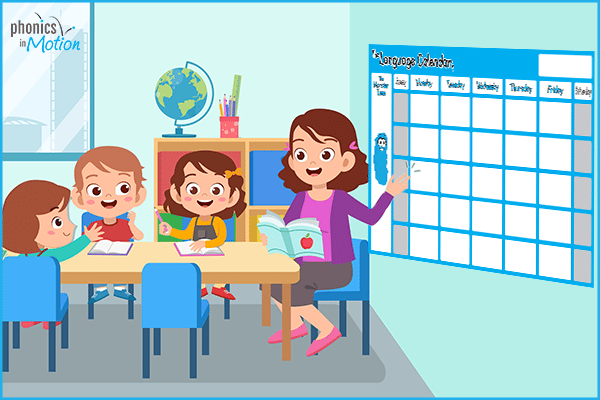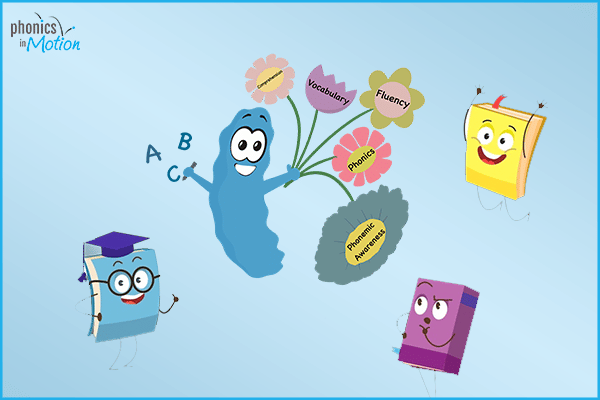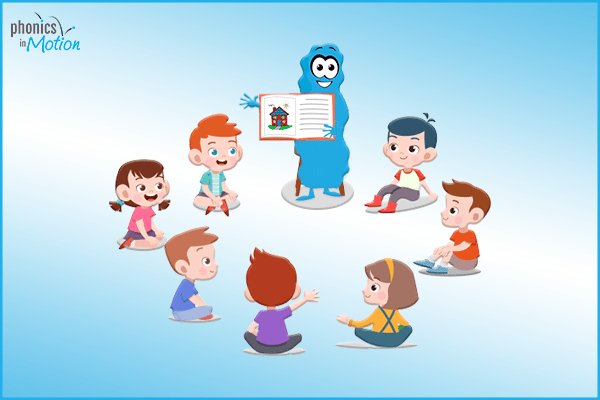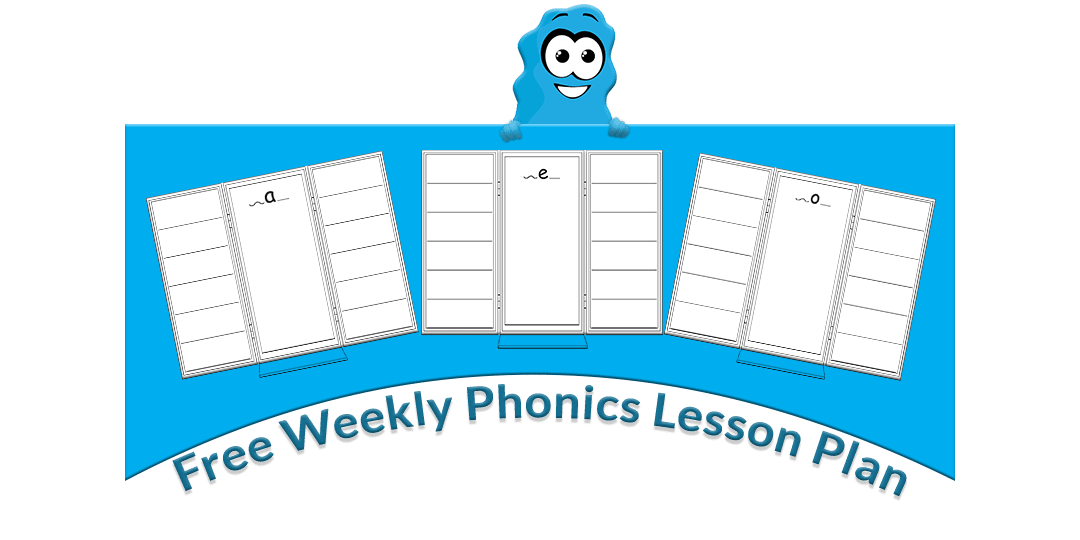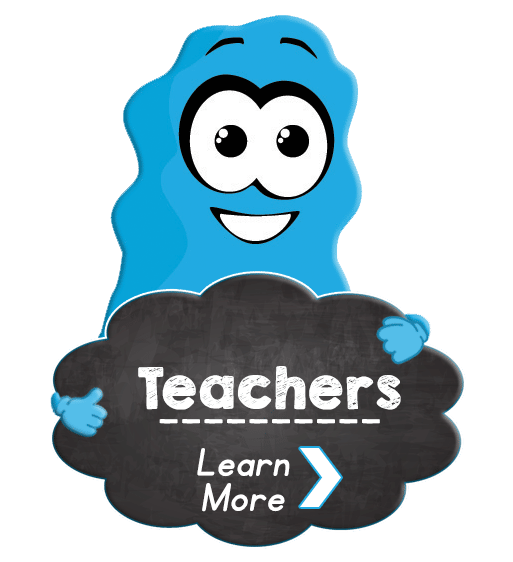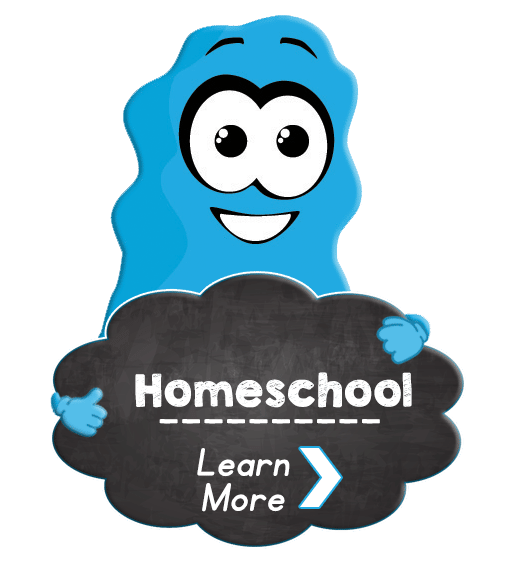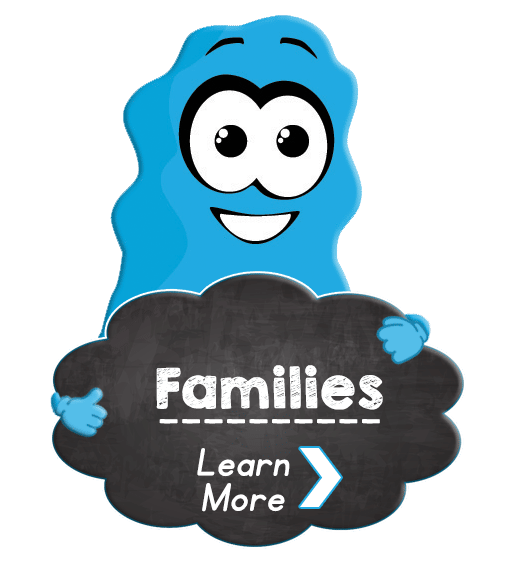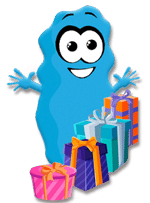Concept of Print Activities For Kindergarten – A Guide
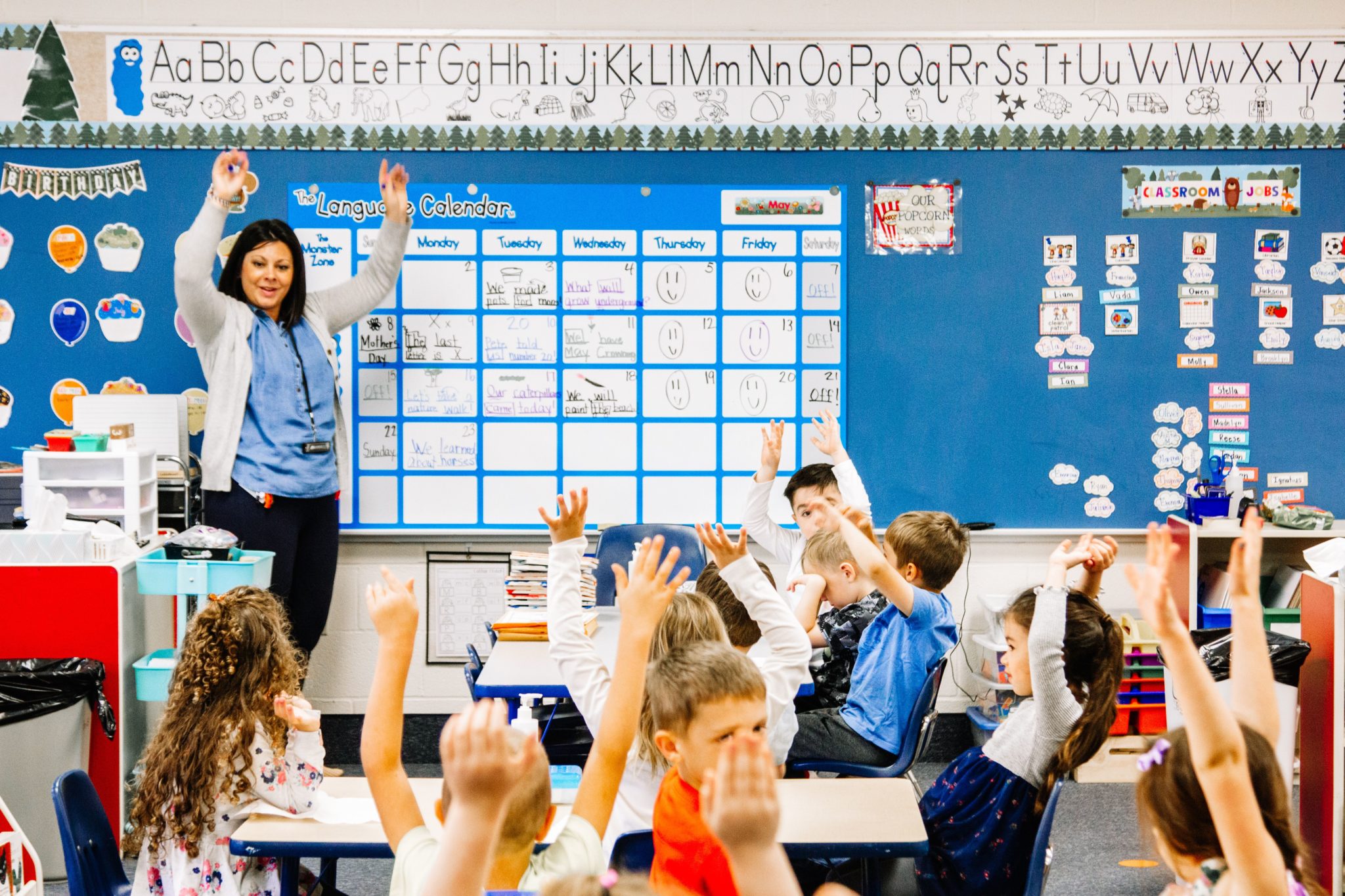 Concept of print encompasses important pre-reading and early literacy skills that can be built from infancy, but there is a special focus in kindergarten as children begin their journey into literacy.
Concept of print encompasses important pre-reading and early literacy skills that can be built from infancy, but there is a special focus in kindergarten as children begin their journey into literacy.
You can think of it as the first step in reading when children are learning to connect sounds with letters and how to use those letters to make words.
This is important because it helps kids understand that reading is not just decoding a bunch of symbols on a page — it is understanding what they mean. This means that when they encounter a difficult word or sentence, their first thought will be not just “I can’t read this!” but “What does this mean?”
Concept of print activity ideas for kindergarten are silly storytime, magnetic words, letter/word scavenger hunt, and word switches.
What Is Concept Of Print?
There are many different concepts of print in early literacy. The most important concept of print is the alphabetic principle. This concept is the basis for all reading instruction and involves learning the relationship between speech sounds and letters. The alphabetic principle is one of the first steps toward learning to read and is essential for spelling and writing.
The next concept children need to know is that print conveys meaning—words convey specific ideas or thoughts. Children can learn about this by being read to and by interacting with others who are reading or telling stories.
Another important concept is that letters represent sounds; this helps children understand that words are made up of sounds, which can be represented by letters. By knowing this concept, children can begin making connections between written language and spoken language.
Children also need to understand that letters are arranged into meaningful patterns to form words.
Concepts of print are the concepts surrounding how written language works.
It is from these concepts that children will learn how to navigate, read and write the English language.
Why Do We Teach Concept Of Print?
The concepts of print are important in kindergarten because they help children to learn how to read. The alphabet is the foundation of reading, and children need to be familiar with letters and letter sounds before they can learn to read.
The concept of print also includes understanding that words have meaning and that words are written down for a reason. This is a difficult concept for young children who want to write on the walls or doors, but it is an important step toward learning to read.
Children learn about concepts of print through hands-on activities, such as drawing letters with chalk and tracing over words in books. They also learn by seeing their own names written on papers, cards, or gifts from family members. This helps them understand that there is a written form of their name and that it has meaning in the world outside of them.
Concepts of print are important to teach because it is the basis of how written language functions. Without these vital concepts, children can not build later skills to become fluent readers and writers.
We teach concepts of print to develop reading skills, writing skills, information gathering, and enjoyment of print.
Reading Skills
Reading skills are developed by learning how to identify letters, recognize words, understand directionality, and the general ability to use a book. Developing concept of print skills has a big impact on how kids learn to read because they give kids something concrete to focus on as they decode words and sentences. They also help them understand what’s going on in the story so that they can make sense of everything else going on around them.
Writing Skills
The ability to recognize upper-and lowercase letters helps the brain make connections between the two styles, which makes it easier for them to identify each letter style when writing.
As your student works on handwriting skills, encourage him or her to practice writing letters in different ways — from top-to-bottom and bottom-to-top, left-to-right and right-to-left or even backward!
Information Gathering
Concept of print helps children gather information from a book by helping them recognize that there are words and pictures in books. It also helps them understand how those words and pictures relate to each other — for example, maybe when you’re on page 10 of your book, and there’s a picture of a cat on it, you know that it means there’s going to be something about cats in your book!
Enjoyment From Print
Children who understand the concepts of print are better able to enjoy reading because they know what to expect when reading text on a page or screen. They’ll recognize when there are spaces between words, for example, so they’re less likely to stumble over words as they’re trying to read them aloud.
Children who know how sentences are structured will be able to predict what comes next in their storybooks or favorite chapter book series — which helps them focus on understanding what they’re reading instead of struggling just to figure out where each word begins and ends!
What Concepts of Print Are Usually Taught In Kindergarten?
In kindergarten, educators typically teach messaging, directionality, spacing, and function of letters and punctuation.
Understanding That Text Has Meaning
When children are learning how to read, they need to know that words have meaning. They also need to learn that sentences have meaning and that paragraphs have meaning as well. If a child can get this concept down, then they will be able to read better and understand what they are reading more easily.
Directionality
Directionality is understanding that text is to be written and read from top to bottom and from left to right in the English language. Kids often find this skill tricky and sometimes “mirror write”. If not explicitly taught, young learners can struggle with reversals and directionality issues for a long time, which can significantly impact their ability to orient text on a page.
Spacing
The space between letters helps kids understand how these groups of letters work together to create words. So when kids see the individual letters in a word, they can then see the spaces between them and figure out what those groups of letters mean.
This is especially important for young children who are learning how to read, as they want to be able to recognize words as quickly as possible so they can pick up on what the story is about or what the book is about. This makes it easier for them to concentrate on the content of the book rather than spending time figuring out what each word means individually.
Function of Letters
Learning letters is a critical component of being able to read. Learning to recognize letters and knowing how they sound is what makes it possible for kids to decode words when reading.
Letter recognition helps kids with their pronunciation skills. When kids learn how the letters look and sound together, they will have an easier time pronouncing words when they read them aloud or hear them spoken by someone else. They can also use this knowledge to figure out which letter combinations are likely correct when trying to read a word that may be unfamiliar to them.
Function of Punctuation
Knowing the letters of the alphabet and how to string them together isn’t enough. As they learn more advanced literacy skills, children will learn about punctuation and how it helps readers make sense of what they’re reading.
Why is this important? For starters, punctuation helps kids understand what’s being said — which may not be obvious from just looking at a sentence.
Punctuation also helps readers understand what the author is trying to say by showing emotion via tone.
How To Teach Concepts of Print
There are many ways to teach concepts of print to kindergarten students and show them the importance of each skill.
To teach concepts of print, use repetition, hands-on experience, and finger following.
Repetition
Repetition is an important part of learning. Children need to hear words, phrases, and sentences many times in order to get them into their long-term memory.
Repetition helps build vocabulary, reading comprehension, and spelling skills as well as mathematical concepts. Repetition also helps children become more comfortable with the language and using it in different ways.
The best way to teach kids how to read is through repeated exposure to print. The more they see words visually and hear them pronounced, the more comfortable they will be with them, and the easier it will be for them to learn how to read.
Hands-on experience.
Children who get lots of hands-on experience with print — whether through making art or playing with blocks — are more likely to understand how letters and words work. Kinesthetic experience is one way for children to explore the world around them and make sense of new concepts.
For example, it’s hard for kids to understand that letters are made up of strokes until they actually make them with their hands. By giving them opportunities in their day-to-day experience to experience making strokes, they can quickly pick up on the skill and relate it to their experience.
At Phonics in Motion, kids love practicing with the paper plate activity. This activity allows students to easy understand the idea of “up” and “towards”. By tracing their fingers over a paper plate to learn directionality, students quickly pick up on the idea, making following directionality instructions easier.
Finger Following
Finger following or pointing at words while you read helps indicate to the children that words carry meaning and that each word they hear is connected to a specific group of letters.
This method allows your child to see what each letter looks like and how it’s supposed to sound when spoken aloud. Your child will also get a feel for how each word is constructed by seeing how each letter goes together. This can be especially helpful if your child has trouble memorizing words quickly because they will see how simple it really is when all of the letters fit together like puzzle pieces!
Concept of Print Activities For Kindergarten
Concept of print activity ideas for kindergarten are silly storytime, magnetic words, letter/word scavenger hunt, and word switches.
Silly Storytime.
During silly storytime, sit down to read aloud a familiar book with your students.
Hold the book upside down and backward, allowing your students to playfully correct you. Start to read a page bottom to top, waiting for the children to tell you the right way to do it.
Let the students be the teacher, and do not be afraid to laugh along.
Magnetic Words.
Work with your students to use magnetic tiles, each with a word written on them, to create stories, poems, or nonsensical sentences.
Let children move the tiles around themselves, and help with reading each tile as needed- depending on your students’ abilities.
Letter/Word Scavenger Hunt.
Have your students hunt around the classroom to find environmental print, letters, and words. Allow children to try to identify which found print is letters, numbers, or other symbols.
Word Switches.
Write a short paragraph with a good mix of adjectives, nouns, and verbs. Let your students switch out some of the words with new ones to help show how the story changes meaning when you replace each.
For extra fun and engagement, have the children act out or illustrate the story you end up with!
How PIM Teaches Concept of Print in Kindergarten
Phonics in Motion teaches concepts of print in a way that helps kids connect many different skills. By teaching in a multisensory and engaging way, they catch on quickly and are easily able to weave all concepts, improving reading ability and comprehension.
In kindergarten, Phonics in Motion focuses on modeling concepts of print. We teach that texts contain messages and that pictures support the text within a book. Students are taught to match 1 to 1 by pointing to each word.
The Language Calendar
One of the unique ways that Phonics in Motion teaches children concepts of print is through the Language Calendar.
The Language Calendar acts as the glue within the classroom, integrating all components of Phonics in Motion in a risk-free, meaningful, and authentic way.
Every day in Phonics in Motion, teachers and parents write a sentence on the Language Calendar. We model to kids how we get our thoughts down on paper.
The LC becomes an artifact in the Phonics in Motion classroom, giving kids the opportunity to reflect and observe what has been learned through the year.
Since our writing routine is so integral to developing concepts of print, the Language Calendar becomes an essential feature in the classroom. It is the space where educators model upper and lowercase letters, directionality, punctuation, and more.
Reading & Writing Monster
The Reading & Writing Monster has plenty of skills to teach kids! For example, he is always placed on the left side of any writing surface of paper. Why? This teaches kids left to right directionality, that we move from left to right as we read and write.
He also teaches kids that we go back to the monster (a return sweep), and his stories teach the correct stroking for letter formation. Kids are taught how to correctly identify letters in both uppercase and lowercase forms.
Literacy Routines
In our poetry routine, although the focus is on teaching phonemic awareness using our unique morions for each phoneme, we teach teachers and parents how to make the most of this powerful teaching time. Poetry is a perfect place to teach concepts about print.
We ask students questions like, “Show me the beginning of the poem.” Show me the end of the poem. Show me the first letter of a word. We talk about punctuation and model to them as we chant the poem, how punctuation impacts our tone and our voice. For example, with an exclamation point, we get really excited!
